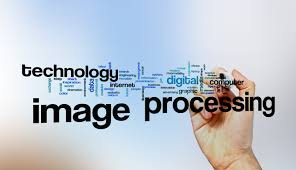Introduction to image processing
Digital image processing deals with manipulation of digital images through a digital computer. It is a subfield of signals and systems but focus particularly on images. DIP focuses on developing a computer system that is able to perform processing on an image. The input of that system is a digital image and the system process that image using efficient algorithms, and gives an image as an output. The most common example is Adobe Photoshop. It is one of the widely used application for processing digital images.
Image processing is a method to perform some operations on an image, in order to get an enhanced image or to extract some useful information from it. It is a type of signal processing in which input is an image and output may be image or characteristics/features associated with that image. Nowadays, image processing is among rapidly growing technologies. It forms core research area within engineering and computer science disciplines too.
Image processing basically includes the following three steps:
- Importing the image via image acquisition tools;
- Analysing and manipulating the image;
- Output in which result can be altered image or report that is based on image analysis.
Detailed Reading is available in PDF.
Format: Pdf
Total Files: 4
File Size: 7.2 MB


Post a Comment